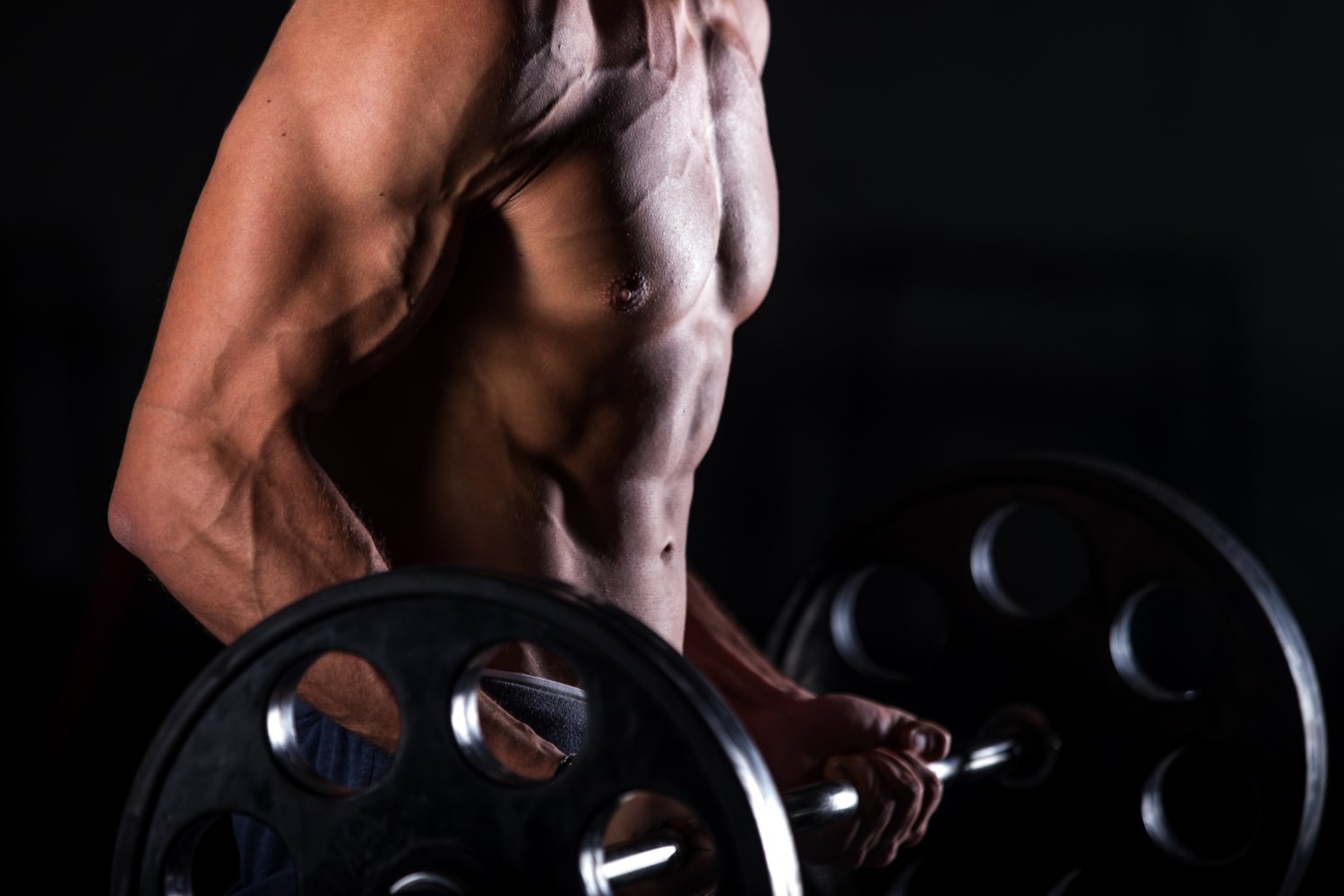Bodybuilding is not just a sport but an art of shaping the human body that combines strength, discipline, and aesthetics. For many people, it has become a philosophy of life, a path to self-improvement, and a symbol of determination. This sport impresses with its diversity, as it includes both professional stage competitions and regular workouts aimed at improving physical condition. Bodybuilding develops not only muscles but also the mind, patience, and persistence. Below are the most interesting and educational facts about bodybuilding that you might not know.
- The history of bodybuilding dates back to the 19th century. German athlete Eugen Sandow is considered the father of modern bodybuilding. He performed shows demonstrating the harmony and strength of the body, inspiring people to train. His physique became a symbol of bodybuilding and remains iconic to this day.
- The first official bodybuilding competition took place in London in 1901. The event, titled “The Great Competition,” attracted hundreds of spectators. It marked the beginning of organized championships and set the foundation for competitive bodybuilding.
- Bodybuilding began to gain massive popularity after World War II. During that period, international federations, fitness magazines, and the first commercial gyms appeared. Since then, the sport has become a global fitness phenomenon.
- Arnold Schwarzenegger is the most famous bodybuilder of all time. He won the title of “Mr. Olympia” seven times and made bodybuilding world-famous. His career proved that the sport can open doors not only in athletics but also in film, business, and politics.
- To achieve an ideal physique, bodybuilders combine intense training with carefully planned nutrition. Their diets are rich in proteins, complex carbohydrates, and healthy fats. Proper nutrition plays just as important a role as the workouts themselves.
- A bodybuilder’s training plan usually divides muscle groups across different days of the week. For example, Monday may focus on the chest, Wednesday on the back, and Friday on the legs. This split allows each muscle group to receive optimal workload and recovery time.
- The key principle of muscle growth is progressive overload. This means gradually increasing the weight, number of repetitions, or workout intensity. It forces the muscles to adapt and grow stronger over time.
- Muscle growth cannot happen without proper rest. During sleep, the body produces growth hormone and repairs damaged muscle fibers. For this reason, most bodybuilders sleep at least eight hours a day to achieve the best results.
- In professional bodybuilding, competitions are divided into categories by gender, height, and muscle mass. This system ensures fairness and allows athletes to compete on equal terms. Popular categories include “Men’s Physique,” “Bikini,” and “Classic Physique.”
- Bodybuilding builds mental discipline as much as physical strength. Constant control over nutrition, training schedules, and motivation requires responsibility and consistency. For many athletes, bodybuilding becomes a structured and goal-driven way of life.
- A special branch of the sport called natural bodybuilding forbids the use of steroids or performance-enhancing drugs. Competitors in this category build their bodies naturally through training and diet alone. This movement has been growing rapidly around the world.
- Water plays a crucial role in bodybuilding. It helps maintain hydration, supports metabolism, and aids in protein synthesis. Before competitions, athletes carefully manage their water intake to maximize muscle definition.
- One of the main goals of bodybuilding is achieving balance and symmetry. Overdeveloping one muscle group can ruin the overall aesthetics of the body. Professional bodybuilders focus on proportional and harmonious physiques rather than just size.
- Competition preparation can last several months and includes a special “cutting” phase. During this time, athletes reduce body fat while maintaining as much muscle mass as possible. This is achieved through strict diets, cardio, and strength training.
- Bodybuilding positively affects bone and joint health. Regular resistance training increases bone density and improves coordination. It also enhances metabolism and supports cardiovascular health.
- The psychological benefits of bodybuilding are equally significant. Many athletes say that workouts help relieve stress and boost confidence. For some, it becomes a form of meditation and a way to achieve inner balance.
- Women’s bodybuilding began to develop actively only in the 1980s. The first champions, such as Rachel McLish, broke stereotypes that muscles were only for men. Today, female bodybuilders represent a blend of strength, grace, and empowerment.
- Posing in bodybuilding is an art form in itself. It allows athletes to showcase their proportions, symmetry, and muscle definition to their best advantage. Learning proper posing techniques takes hours of practice and tremendous endurance.
- Many professional bodybuilders keep detailed workout journals. They record weights, repetitions, nutrition, and daily progress. This practice helps track improvements and adjust training strategies effectively.
- Bodybuilding has had a tremendous influence on modern fitness culture. It gave rise to today’s gyms, training programs, and professional coaching systems. This sport became the foundation of a global movement promoting a healthy and active lifestyle.
Bodybuilding is far more than a collection of exercises — it is a philosophy of physical and mental development. It teaches patience, determination, and respect for hard work. These remarkable facts show that bodybuilding can transform not only the body but also the mind. For those seeking harmony between strength and beauty, this path offers limitless possibilities.





